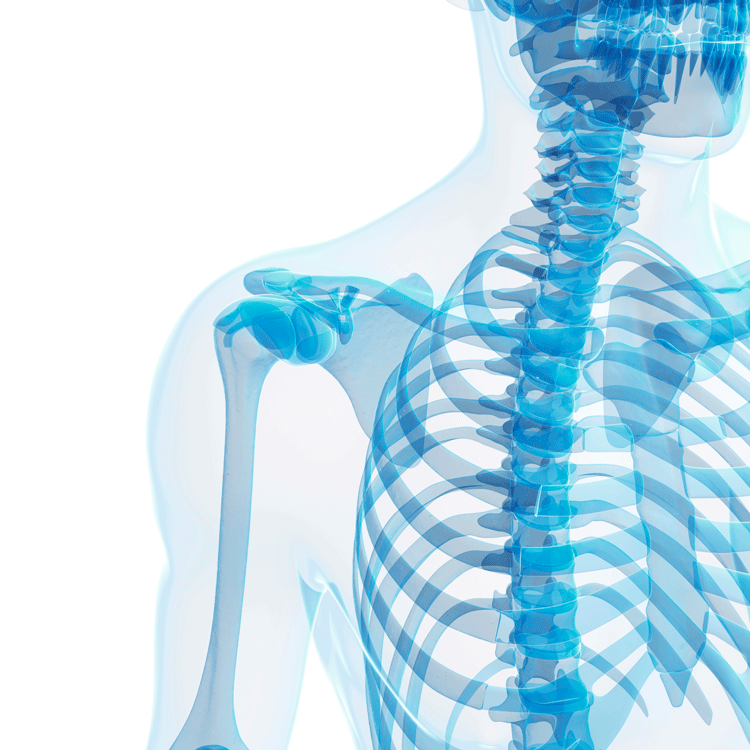One in Four Women Over Age 65 Have This Painful Disorder

The Center for Disease Control (CDC) has reported roughly one in four women over the age of 65 have osteoporosis of the hip and spine, a painful and debilitating bone disorder. Yet, this disorder only plagues less than 6% of men over the age of 65. The report used data from the 2005-2010 National Health and Nutrition Examination Survey (NHANES).
Ethel Siris, MD, director of the Osteoporosis Center at the New York Presbyterian-Columbia University Medical Center says the difference of the results between men and women are because, “Men tend to have bigger bones, and they go through different hormonal changes. Compared with men, women suffer a “double-whammy” when it comes to bone strength. They have less bone to lose and menopause’s hormonal shifts further deplete bone density.”
Here are some tips, according to Prevention, on how to practice good bone health:
Get Tested
Usually carried out by a simple X-ray test, a bone mineral density test measures the density of the minerals in your bones (like calcium) and is used to determine your bones strength. Yet, the journal Osteoporosis International reports, “…only a small proportion of older men and women have a BMD (bone mineral density) test.” This test is very important for women and men over the age of 50 who suffer from fractures of the hip, spine, shoulders and wrists, as Prevention advises those may be clear indicators of osteoporosis.
Three important factors in preventing osteoporosis
Siris explains that women over 50 and men over 70 need about 1,200mg of calcium every single day – “You can easily get adequate calcium from your diet, through foods like yogurt and cereal fortified with calcium. But you may also need calcium supplements, which you should discuss with your doctor.”
Vitamin D helps you maintain great bone health by helping the body absorb calcium, aiding in the proper function of your liver and kidneys, and boosts your immune system to be sure it is working at its full potential (USDA). Siris advises taking a vitamin D supplement, as getting enough vitamin D through food and sunlight can be difficult.
Studies have shown exercise to “improve agility, muscle strength and posture”, which in-turn will help reduce your risk of falls and fractures. Siris suggests working out your muscles to relieve some of the pressure from your bones which may slow down the progression of bone loss.
If you have already been diagnosed with osteoporosis, Siris suggests, “Several drug options are well tolerated, inexpensive and effective at reducing your fracture risk. In addition to prescriptions, your doctor may advise you to take a calcium supplement. Of course, calcium, vitamin D and exercise will continue to benefit your bones even if you’re suffering from osteoporosis. Speak with your doctor to work out the best treatment plan for you.”